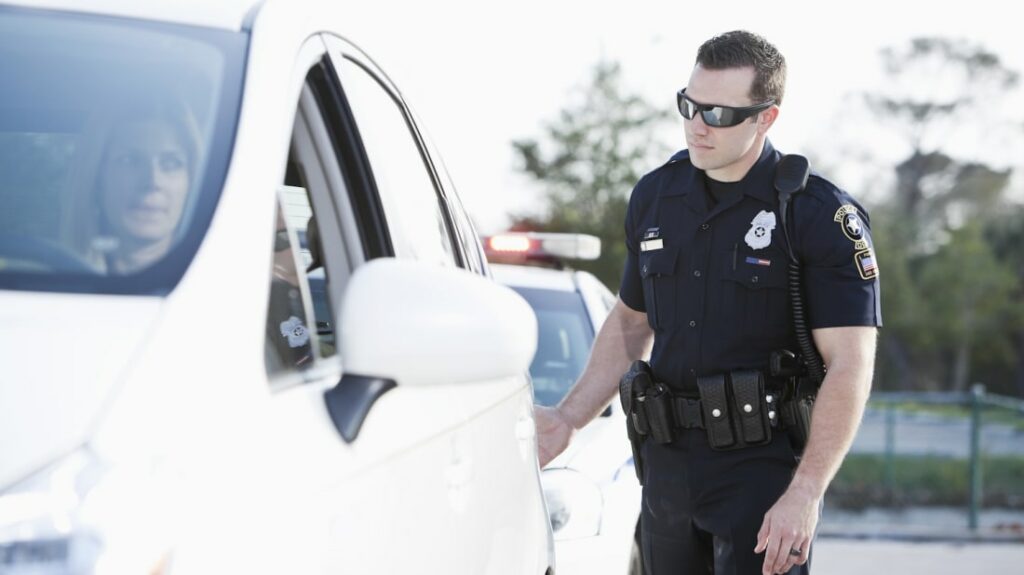
During traffic stops, police officers frequently request a driver’s license and registration. Another procedure that used to be followed by the entire force but is now more mysterious to the persons being stopped is: Officers occasionally touch the taillight of a car when they go close to the driver’s window. Although it is a long-standing habit, there is no cause for alarm if it occurs during your next traffic stop.
According to The Law Dictionary, touching the taillight was a covert means for cops to leave behind evidence of the contact before cameras were put on the dashboards of the majority of police cars. The fingerprints left on the car during the traffic stop may be used to identify the officer if something were to happen to them during the encounter. Even in the absence of video evidence of a crime, this would aid other police officers in finding a missing member of the force.
The maneuver was initially used by police to startle drivers before approaching their windows. A driver who has been pulled over and has a car full of illicit substances or weapons may try to hide any evidence before the police arrives. This procedure might be disturbed by the surprise of hearing a knock on their taillight, increasing their risk of being discovered.
These days, it is believed that this strategy’s hazards outweigh its advantages. Touching a taillight causes cops extra attention, and it may also reveal their location, leaving them more open to criminal activity. Additionally, the need to record each occurrence with fingerprints is less important since that dash cameras are a common feature in most police cars. These factors are the main reasons why certain police departments no longer allow taillight tapping. It’s a hard habit to break, so if you notice it at your subsequent traffic stop, it doesn’t signal the officer is more suspicious of you.








